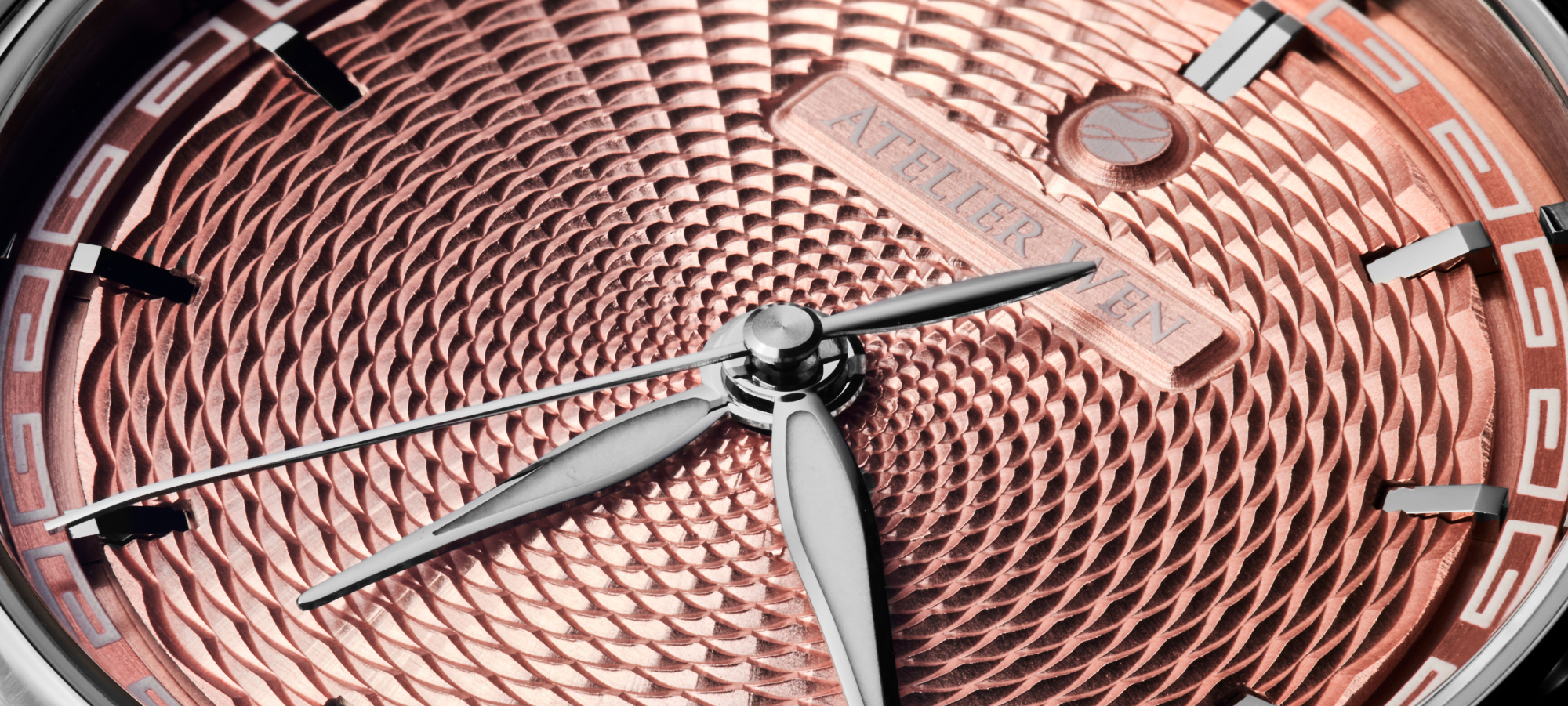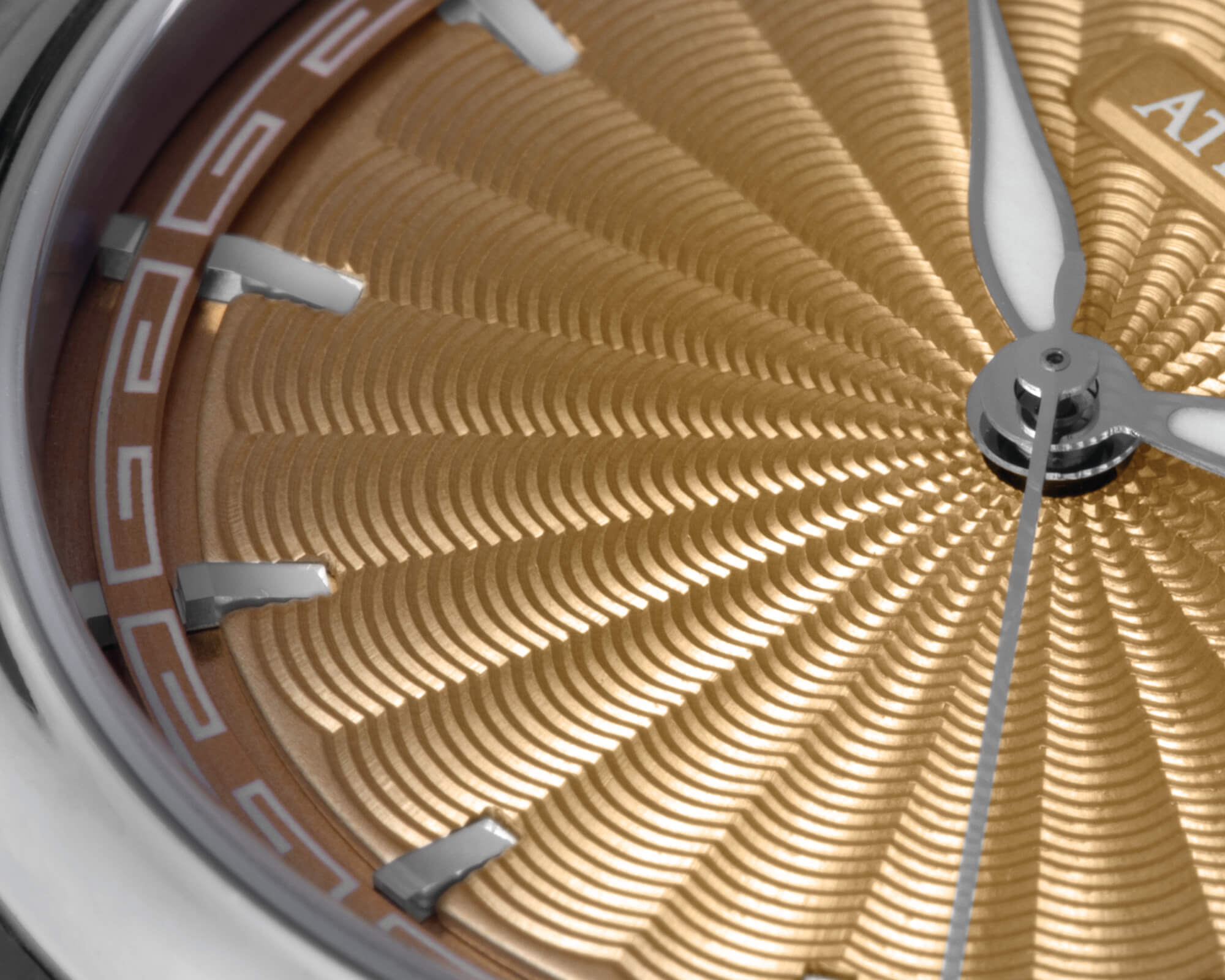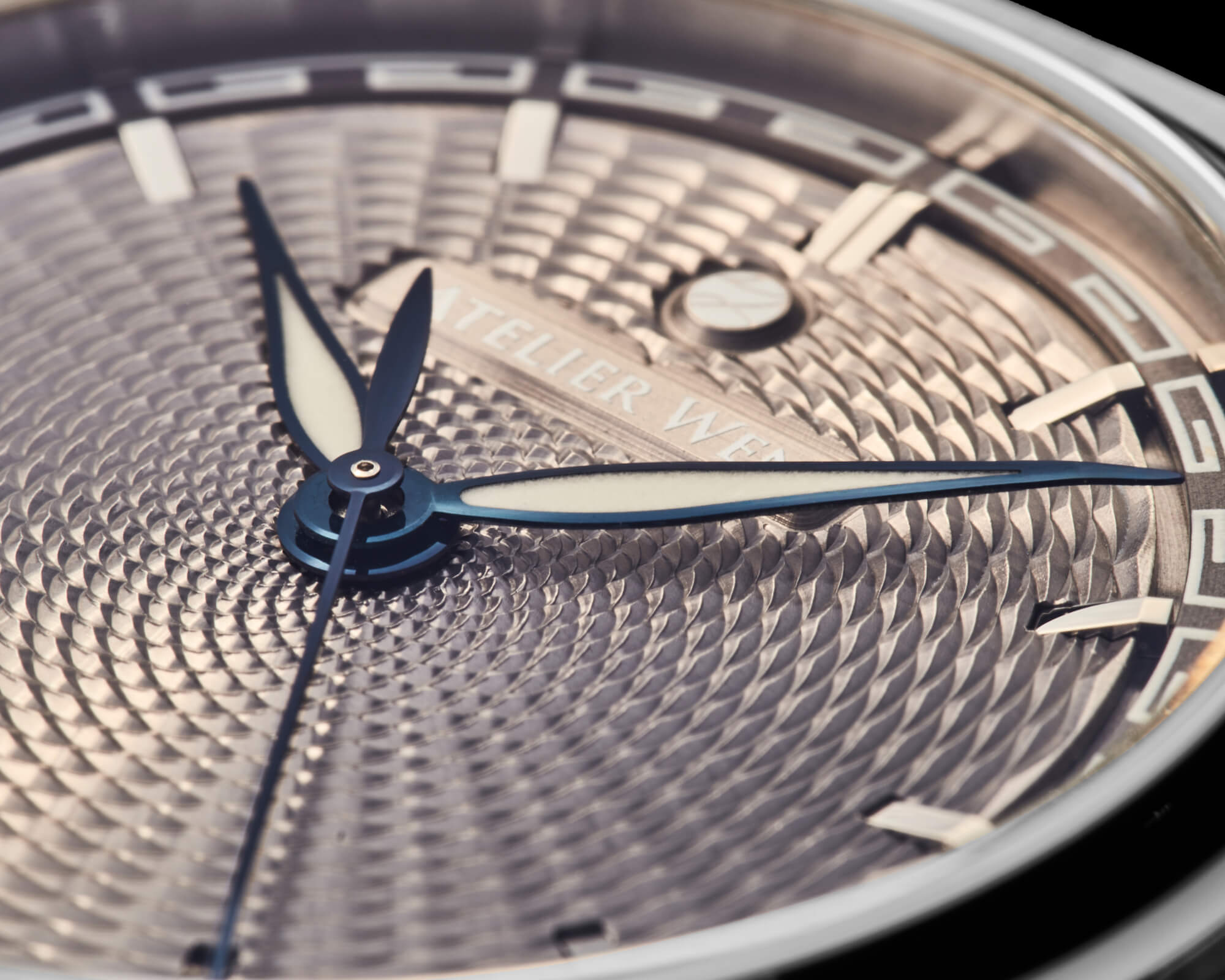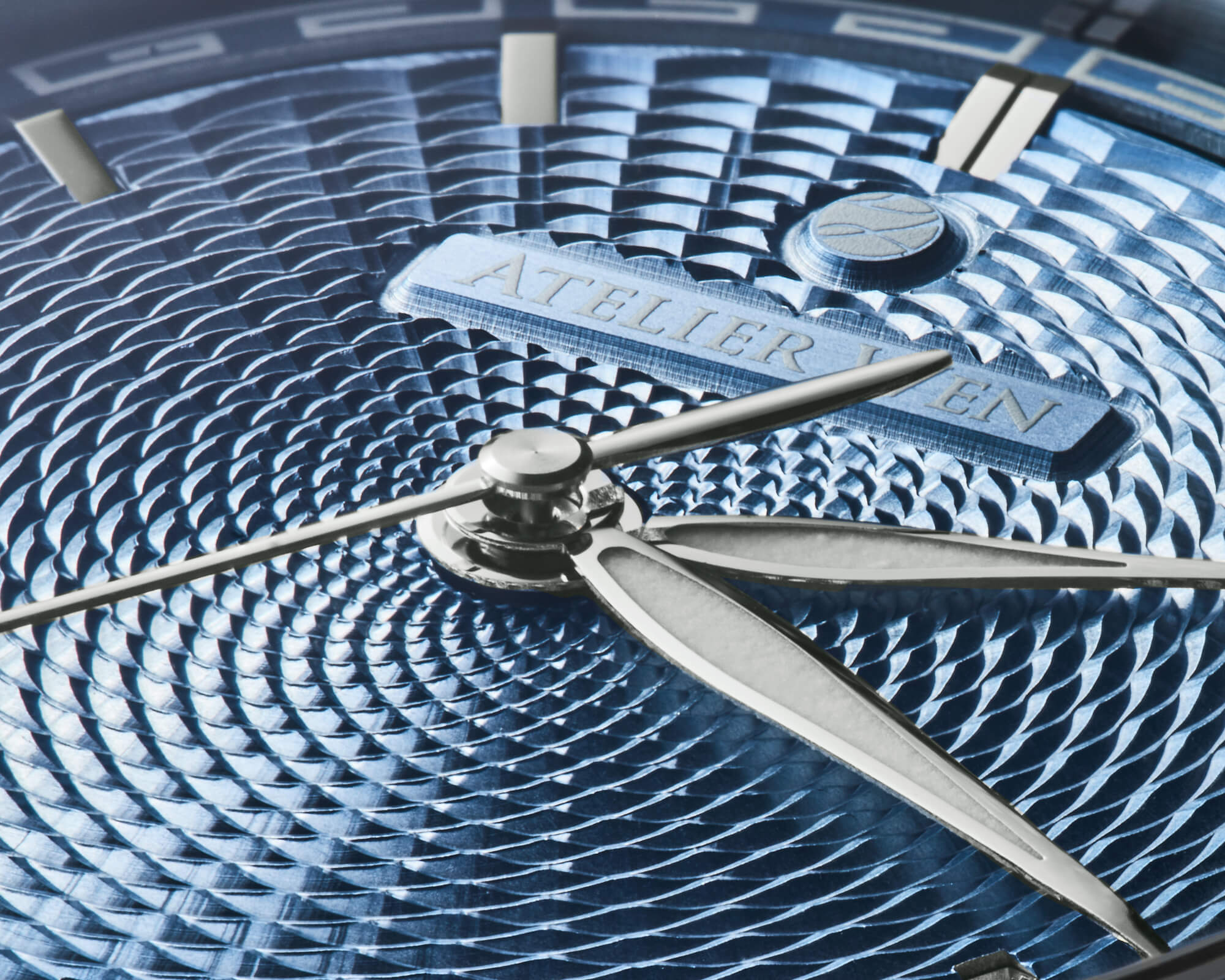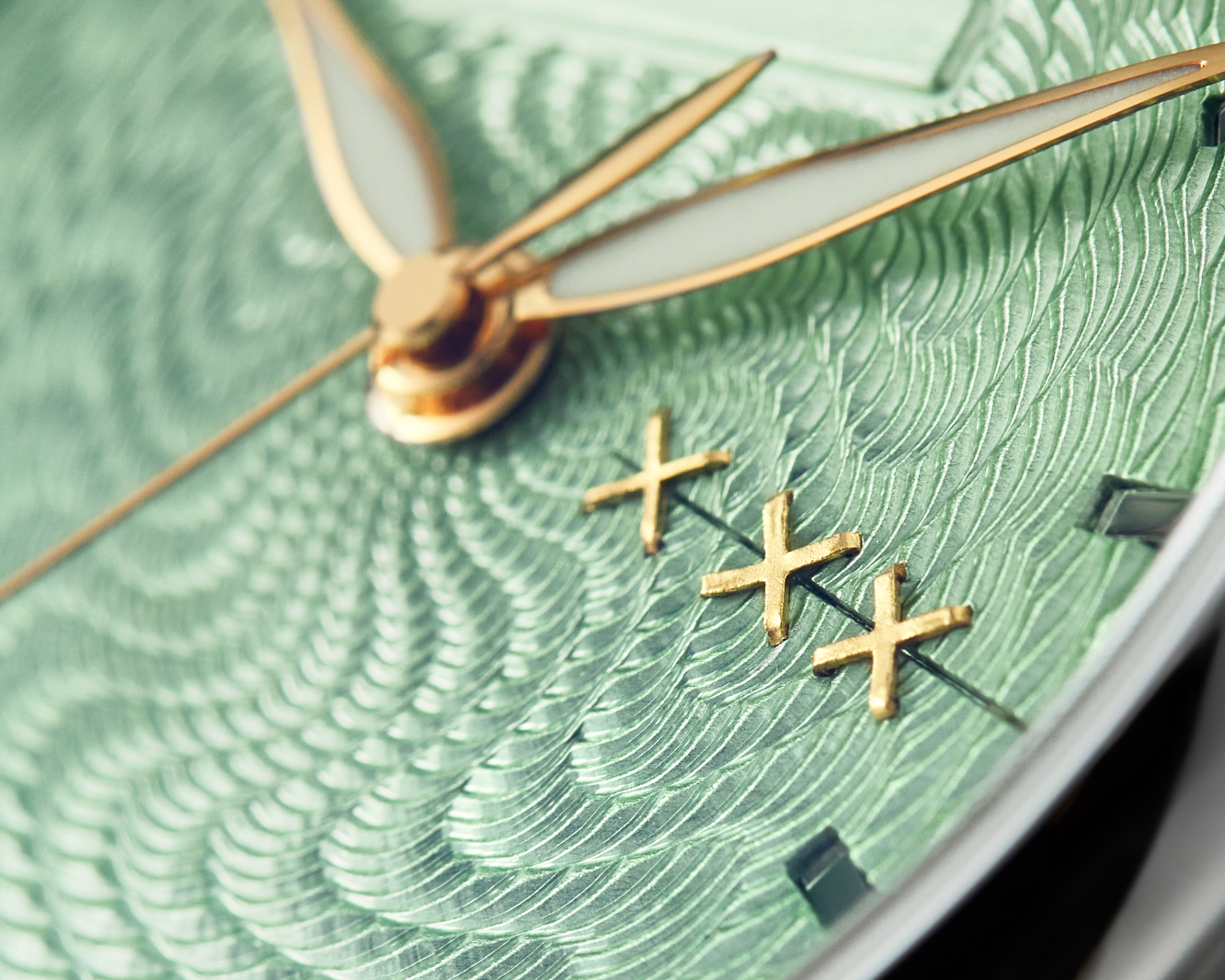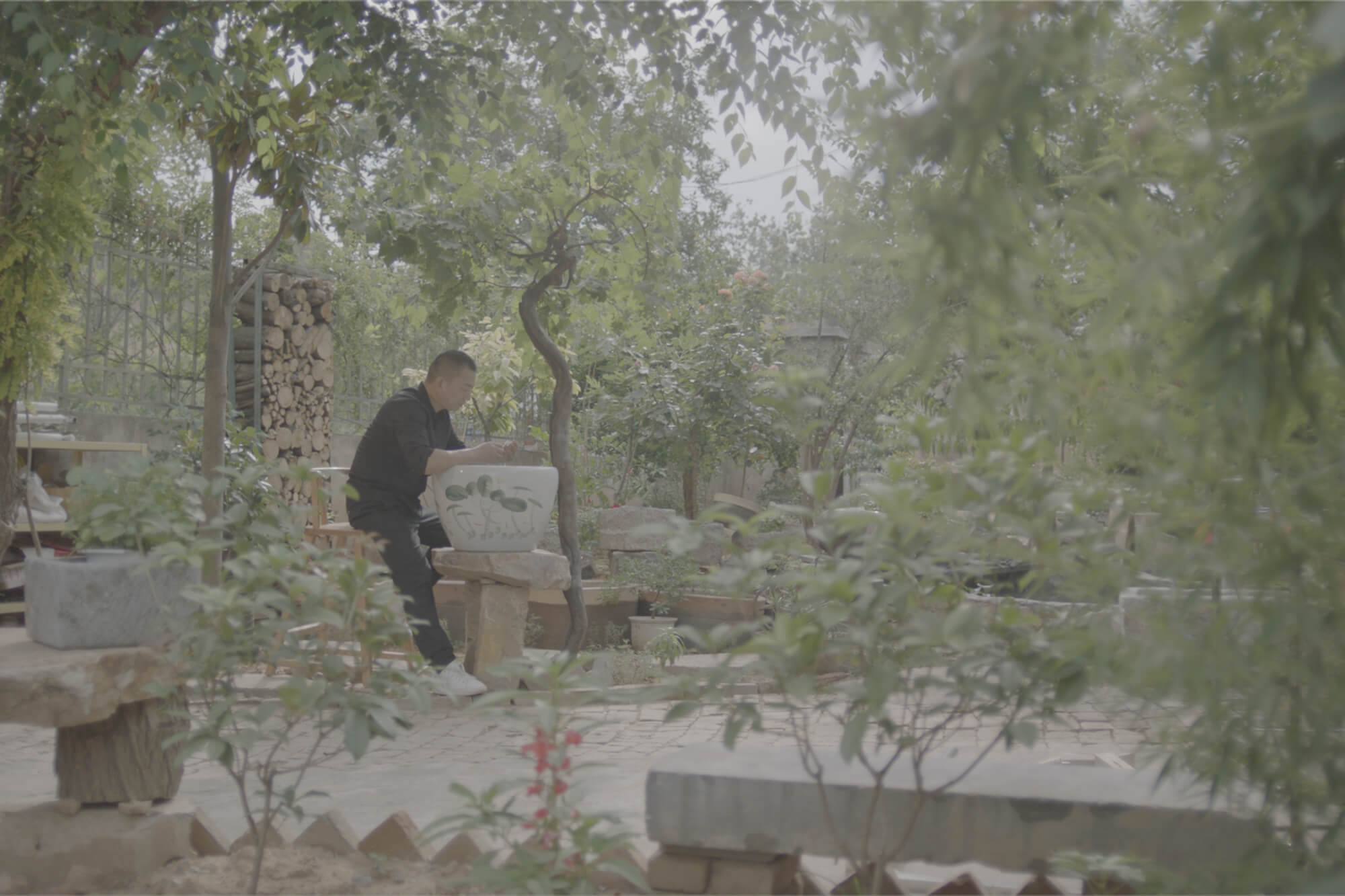 Sponsored post presented on aBlogtoWatch for advertiser
Sponsored post presented on aBlogtoWatch for advertiser
Nestled in the mountains of Xinmi, behind a gate in a high wall, past a courtyard brimming with trees and tomato plants, you’ll find Sanloutang Studio. It is the only guilloché workshop in China, run by Master Guillocheur Cheng Yu Cai. You won’t find CNC machines or computers running CAD software. What you’ll see is a quintet of dedicated craftspeople patiently and meticulously plying their trade at hand-turned rose and straight-line engines. These artisans — including Master Cheng’s brother and son — represent the small but growing population of horological crafters in China. They are proof that the country’s reputation as an industrial behemoth only tells part of the story.
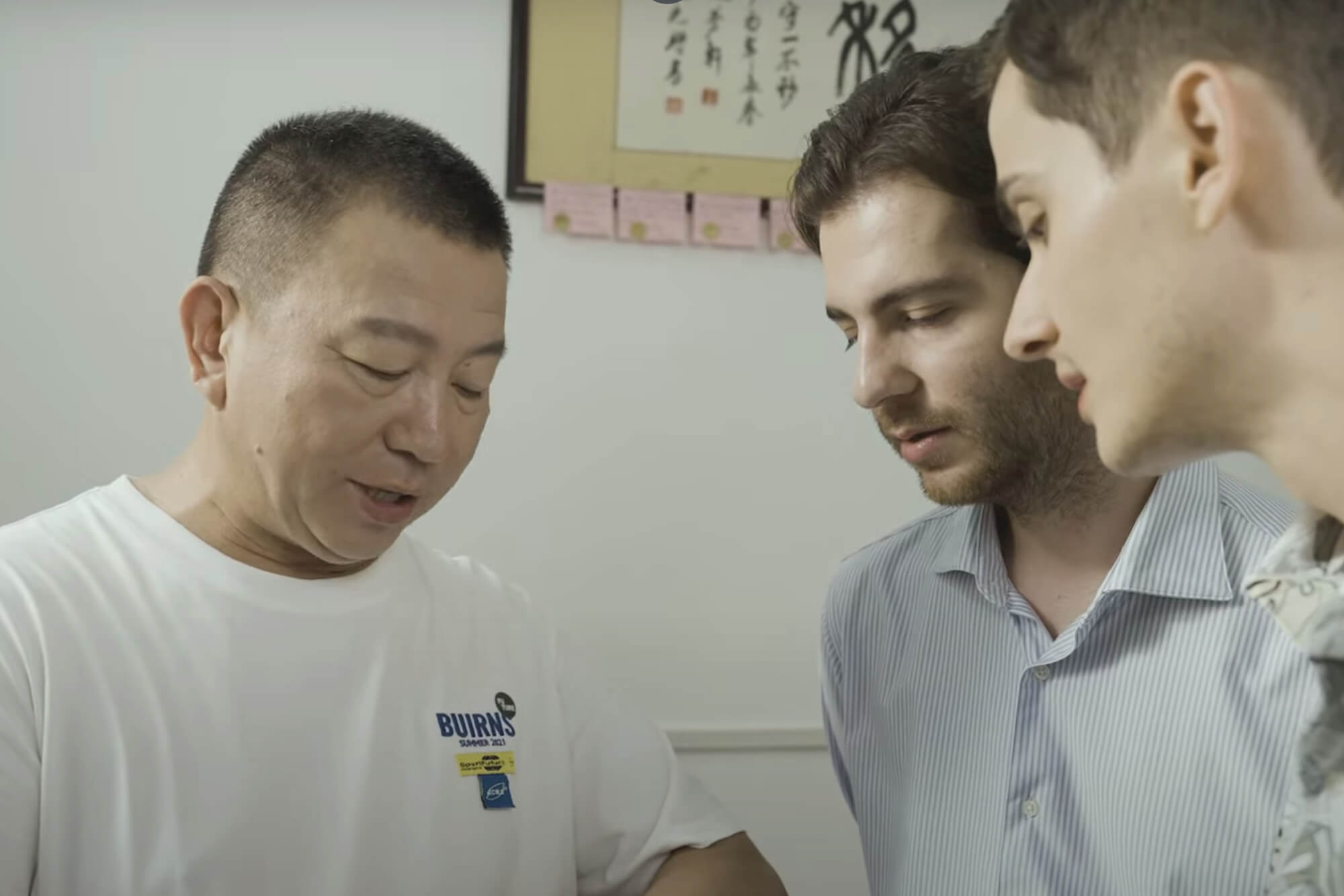
Atelier Wen seeks to champion and elevate Chinese watchmaking by working with the best the country has to offer. For dials, that means partnering with Master Cheng and the team at his studio. In its work with its various Chinese partners, the brand saw an opportunity to showcase the artistry and capability that Chinese watchmaking has to offer. To do so, Atelier Wen set out to create a series of short documentary videos, the first of which focuses on Master Cheng.
For decades, China has been seen as a producer of cheap, low-quality goods — a giant country blotched with factory cities and the smog they create. It’s a negative perception born of a combination of marketing, lobbying, and reality. The reality has shifted, though. Those who know understand that China is the country of origin for myriad luxury goods that are otherwise labeled, and whose brands will fight to the end to hide the fact. But those are the heavy-hitter manufacturers that produce for major luxury conglomerates. As China begins to show itself and its capabilities more fully, it’s becoming clearer and clearer that as notorious as it is for its air-choking factories, it’s also home to innumerable master artisans. Harder to find and more dispersed than those two-cent toy producers, these men and women carry on centuries-old methods of creating things.
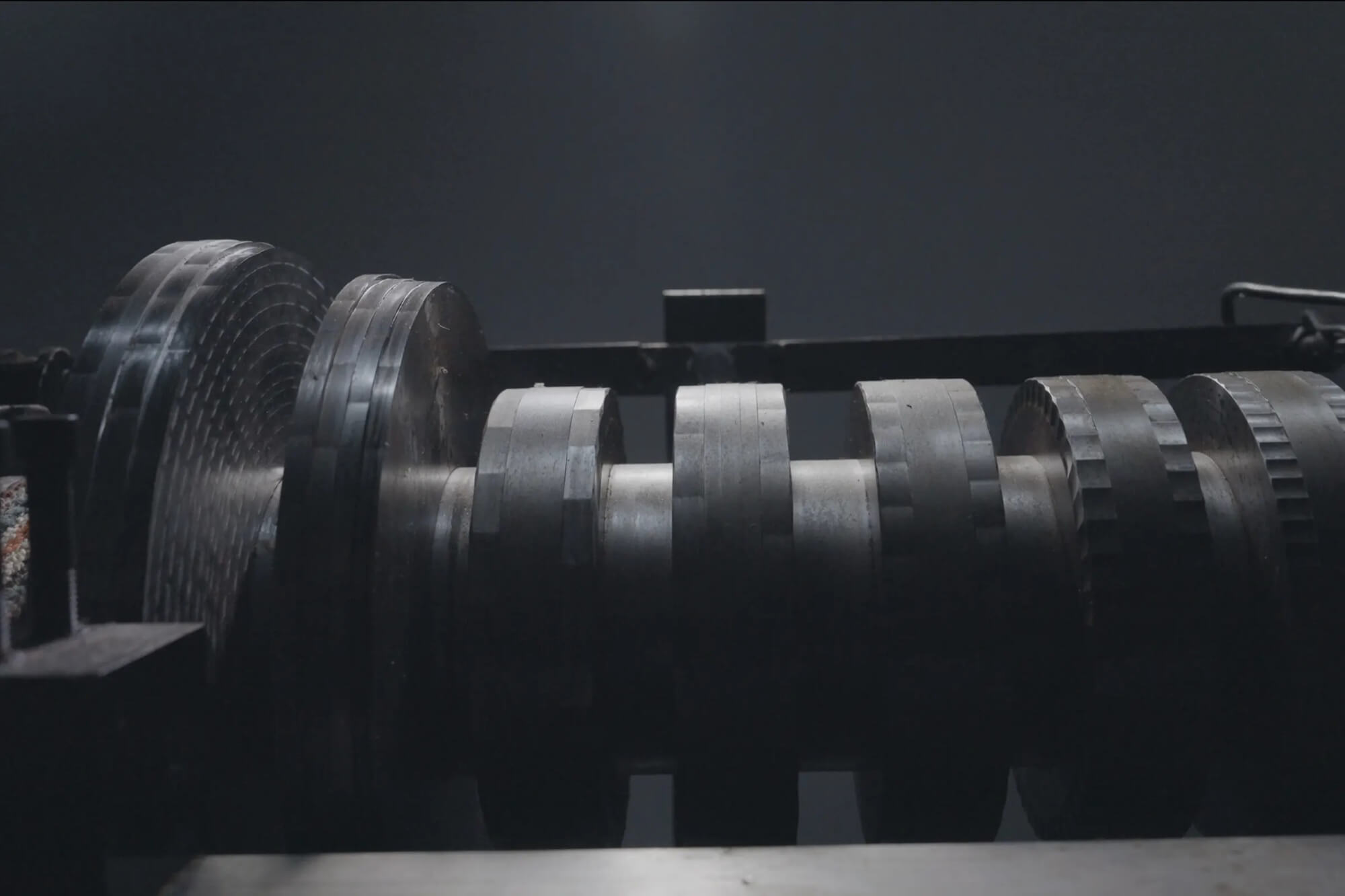
Master Guillocheur Cheng Yu Cai is one such artisan, but his story is far from traditional. When he first encountered the art of guilloché, he was immediately captivated. At that time, though, he didn’t have access to the internet, and there were no guilloché craftspeople he could learn from. So, he taught himself: His drive to master the craft of guilloché was obsessive, disappearing into his small studio at night, leaving his job at a silverwork factory after two years, and persevering for another year until his skills were adequate. Eventually, he built his own machines to do the work. Without technical drawings or CAD software, he built one that failed, then another, and finally a third working machine — completely his own design and with almost every part made by Cheng himself. Years later, he is one of about 30 Master Guillocheurs in the world, and the only one in all of Asia. His studio now has four machines and four guillocheurs and can produce more than 1,000 patterns. Those guillocheurs learned under the careful tutelage of Master Cheng, and it is his hope that he can share his knowledge and skills to create a new generation of guilloché craftsmen in China.
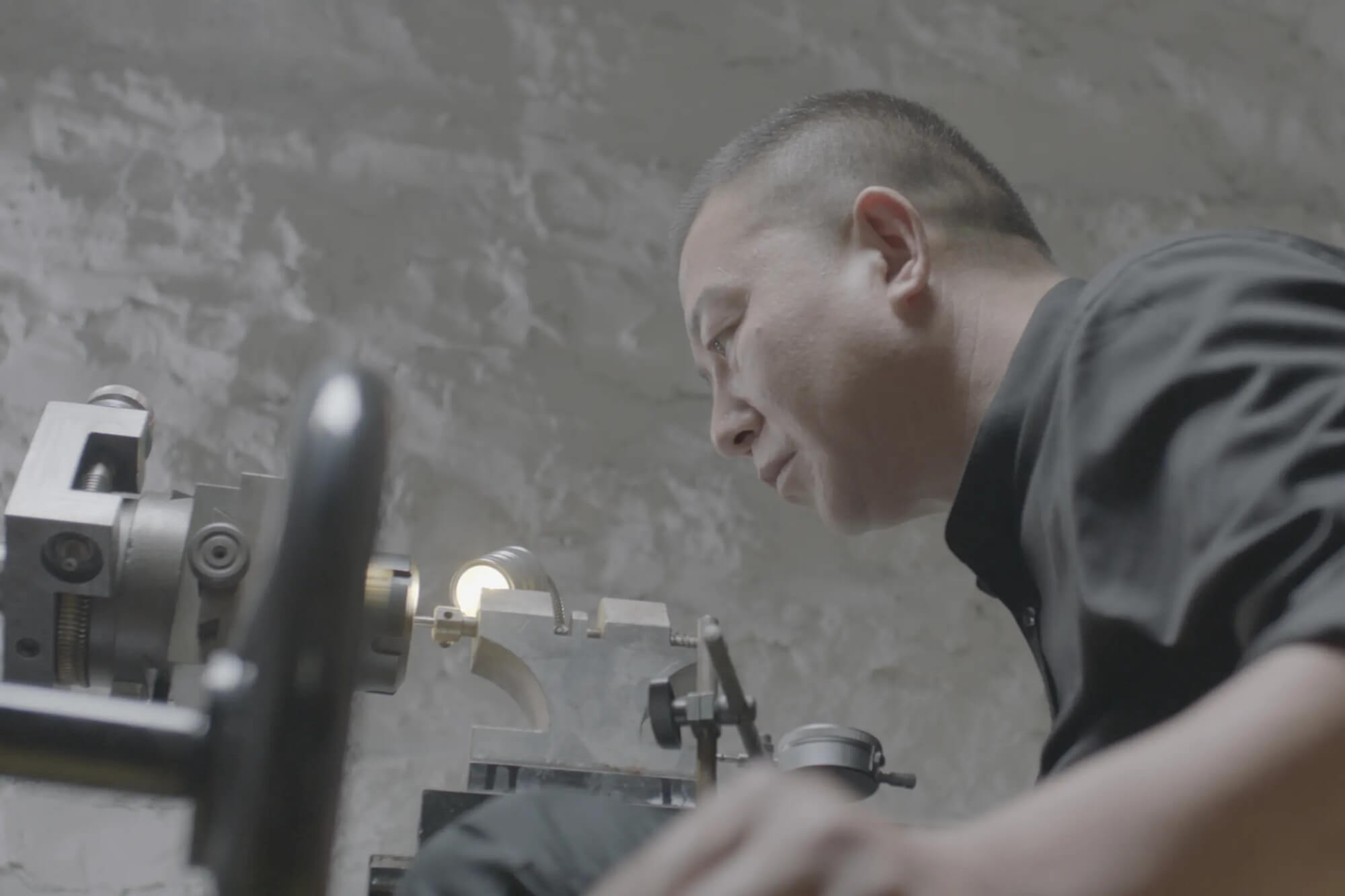
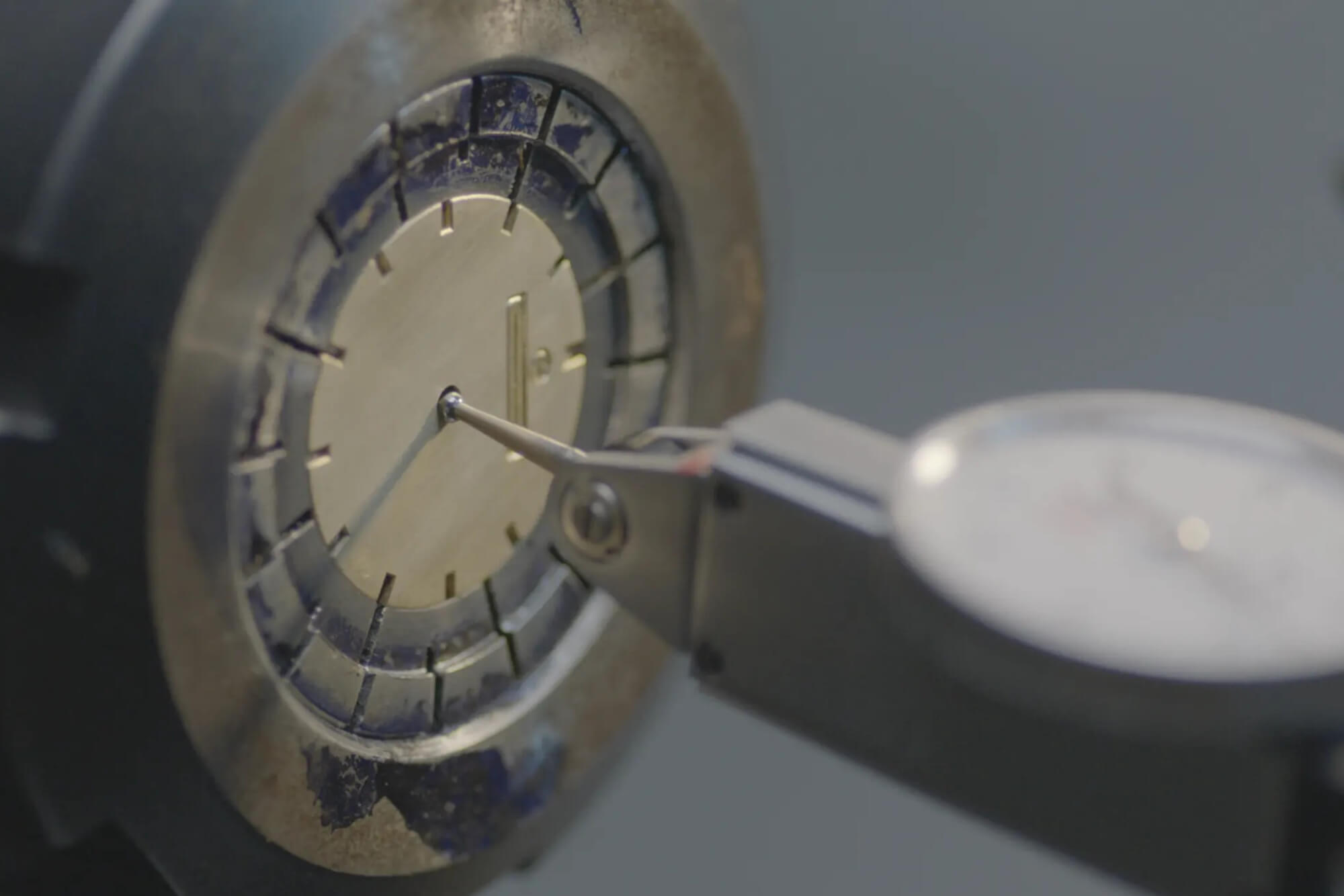 The fact of the matter with modern dials is that most modern guilloché designs are stamped or cut by CNC machines. In fact, fewer than 1% of modern guilloche dials are done by hand. Stamped patterns more often than not result in poor definition and lower-quality designs, while the latter completely removes any semblance of artistry besides that of the original designer and perhaps the CNC programmer. In either case, they lose the minute variations and soul that watch lovers cherish (the same thing that drives them towards mechanical timepieces when quartz will almost always do better). The true art of guilloché, though, is complicated and requires years of practice to achieve even a notion of mastery; the differences between a one-year craftsperson and a three-year craftsperson are easily noticeable. Master Cheng and his fellow guillocheurs painstakingly create each dial through hours of hand-turning the machines, with the slightest error resulting in a rejected dial.
The fact of the matter with modern dials is that most modern guilloché designs are stamped or cut by CNC machines. In fact, fewer than 1% of modern guilloche dials are done by hand. Stamped patterns more often than not result in poor definition and lower-quality designs, while the latter completely removes any semblance of artistry besides that of the original designer and perhaps the CNC programmer. In either case, they lose the minute variations and soul that watch lovers cherish (the same thing that drives them towards mechanical timepieces when quartz will almost always do better). The true art of guilloché, though, is complicated and requires years of practice to achieve even a notion of mastery; the differences between a one-year craftsperson and a three-year craftsperson are easily noticeable. Master Cheng and his fellow guillocheurs painstakingly create each dial through hours of hand-turning the machines, with the slightest error resulting in a rejected dial.
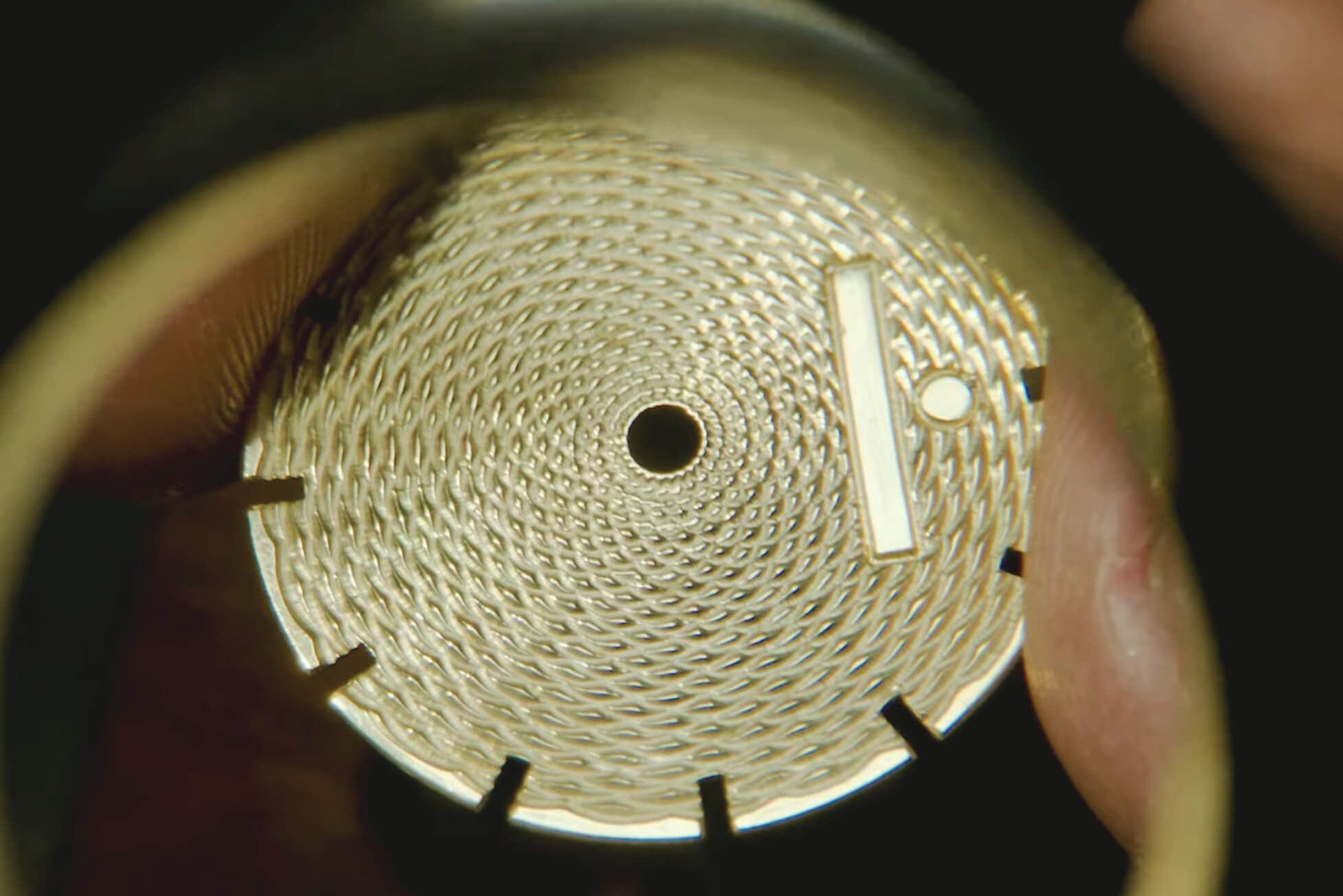
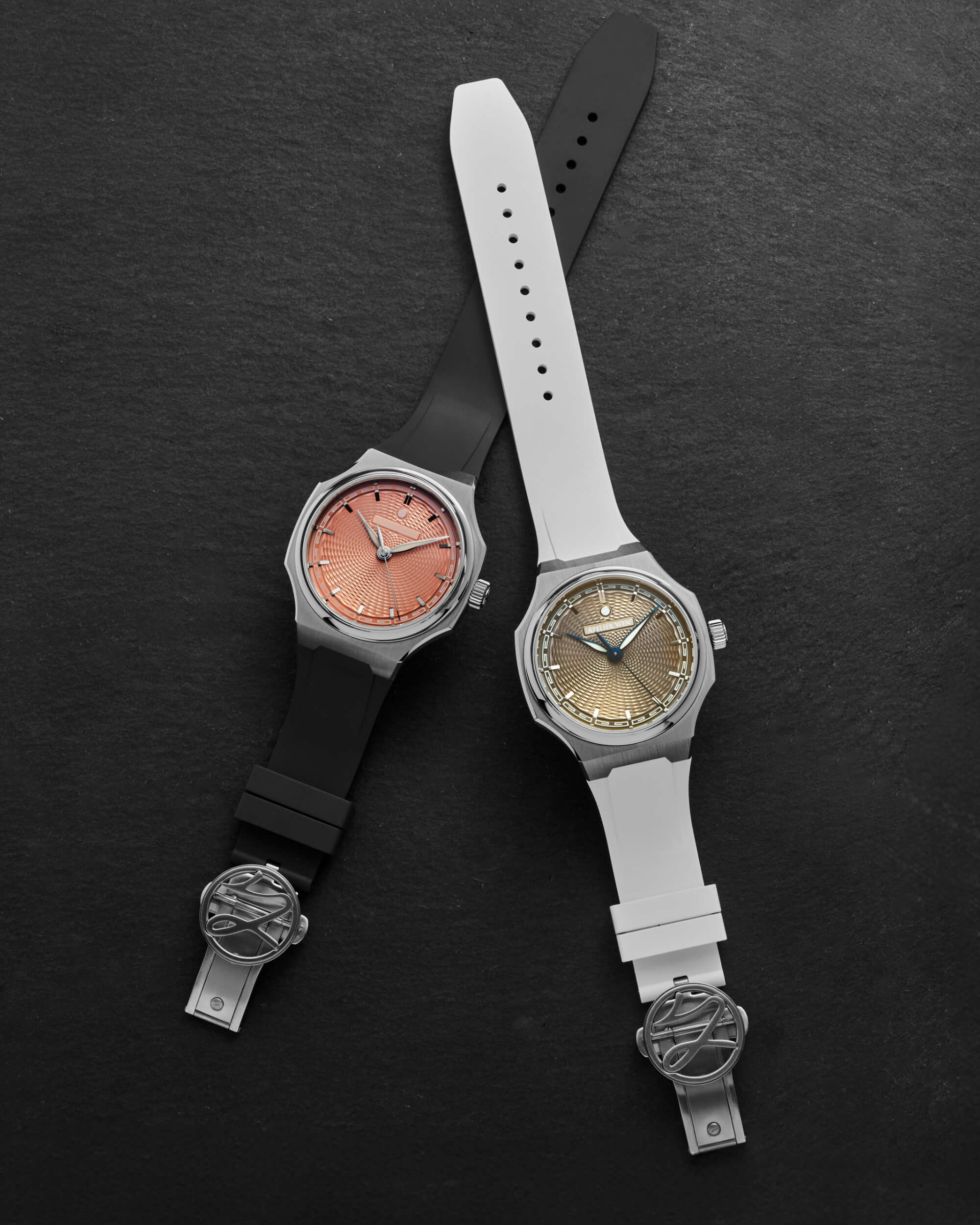
For Atelier Wen, the partnership began in 2020, with a meeting arranged through a friend in Beijing who knew of Master Cheng’s incredible work. It quickly became apparent that Master Cheng and his studio was the perfect partner to deliver the brand’s vision for a handcrafted Chinese guilloché dial. For Atelier Wen’s Perception collection, Master Cheng and his team make every single dial, using diamond engraving tips that Master Cheng has modified himself to the perfect angles. Depending on the specific guilloché pattern, a different angle tip is used, allowing for both more precise and more efficient execution of each dial.
Master Cheng insists on an incredibly narrow margin of error, with the tolerance of each machine calibrated to just 3 microns (thinner than a human hair). With Master Cheng’s stringent standards for quality and Atelier Wen’s intricate patterns, each dial requires no fewer than eight hours and as many as 100,000 hand turns to complete, with even the slightest error resulting in a rejected dial. The result when it all comes together, though, is undeniably beautiful.
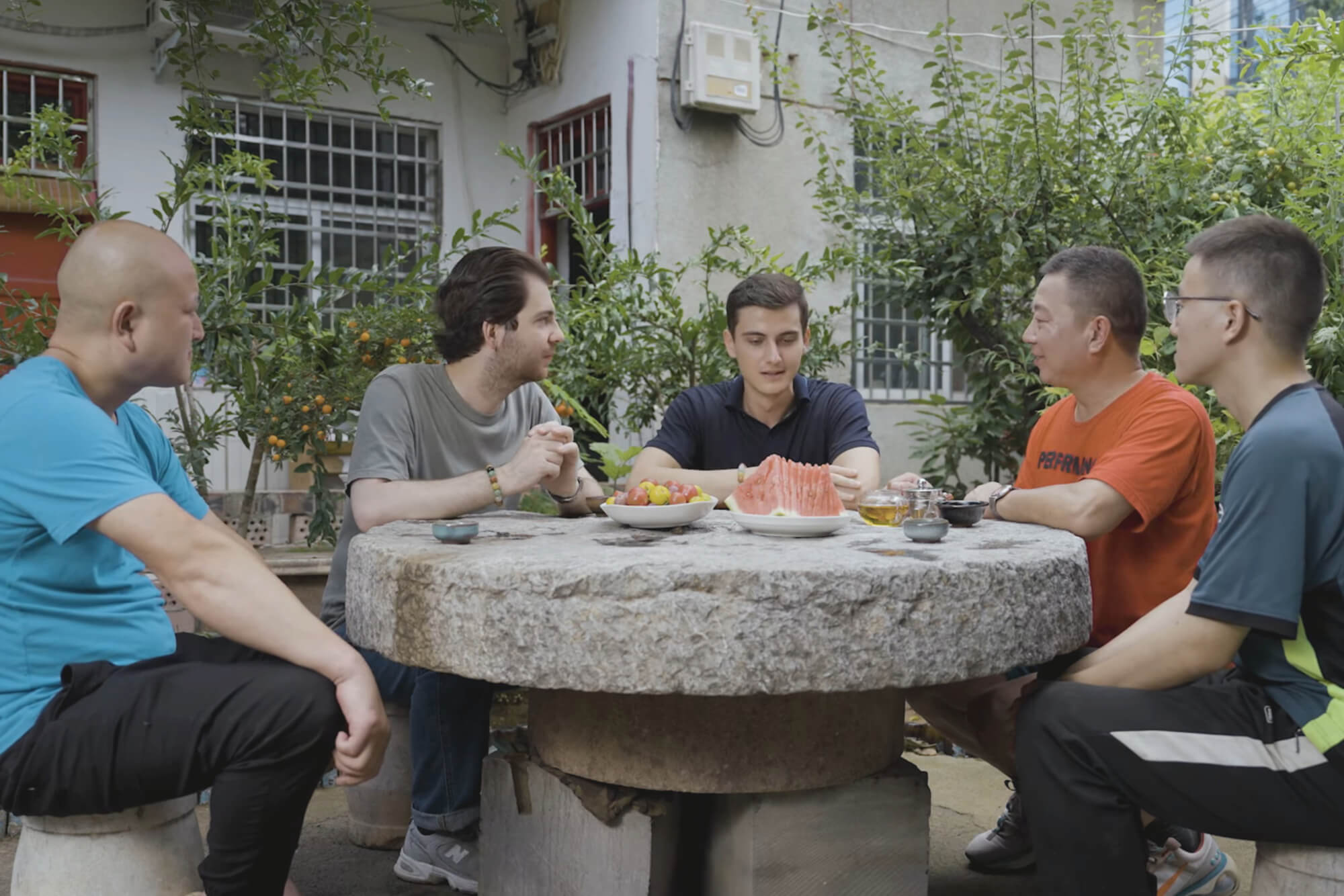 Artisans like Master Cheng and his team are still exceptions to the rule in China. The country remains a manufacturing juggernaut, dominated by factories producing literally everything from zippers to plastic pencil boxes to car parts. But all over the country, craftspeople are putting traditional techniques to use in creating objects of beauty, while other larger entities focus on producing high-end products, all of which defy the stereotype that comes with the “Made in China” label. With the patronage of brands like Atelier Wen, the perception of that label is slowly but surely shifting from derided to celebrated, with Master Cheng and other artists at the center. To learn more about Master Cheng and Atelier Wen Watches, please visit the Atelier Wen website.
Artisans like Master Cheng and his team are still exceptions to the rule in China. The country remains a manufacturing juggernaut, dominated by factories producing literally everything from zippers to plastic pencil boxes to car parts. But all over the country, craftspeople are putting traditional techniques to use in creating objects of beauty, while other larger entities focus on producing high-end products, all of which defy the stereotype that comes with the “Made in China” label. With the patronage of brands like Atelier Wen, the perception of that label is slowly but surely shifting from derided to celebrated, with Master Cheng and other artists at the center. To learn more about Master Cheng and Atelier Wen Watches, please visit the Atelier Wen website.
Sponsored Posts are a form of advertising that allows sponsors to share useful news, messages, and offers to aBlogtoWatch readers in a way traditional display advertising is often not best suited to. All Sponsored Posts are subject to editorial guidelines with the intent that they offer readers useful news, promotions, or stories. The viewpoints and opinions expressed in Sponsored Posts are those of the advertiser and not necessarily those of aBlogtoWatch or its writers.

